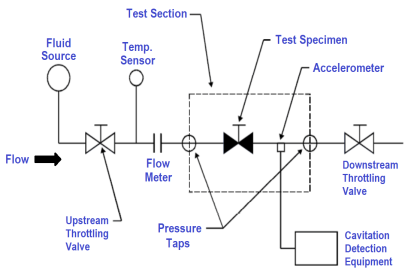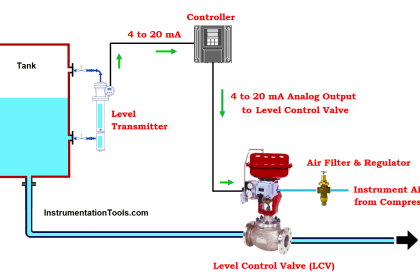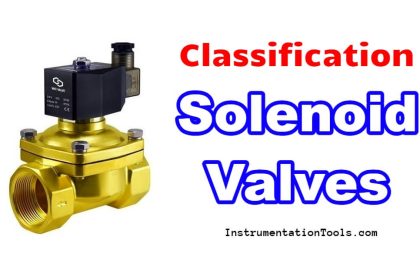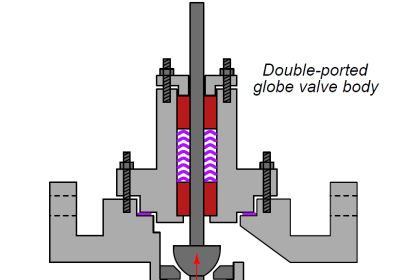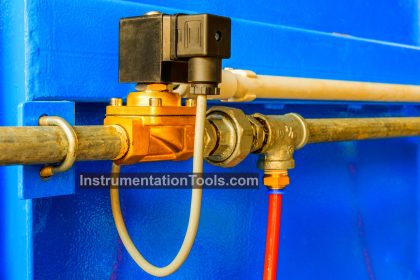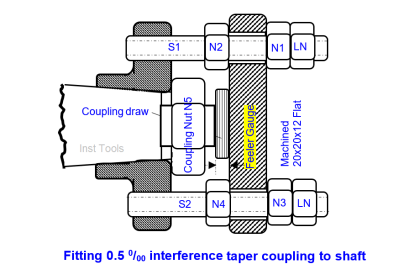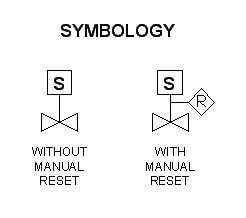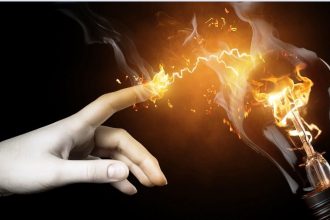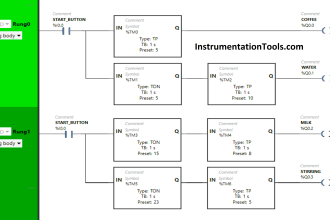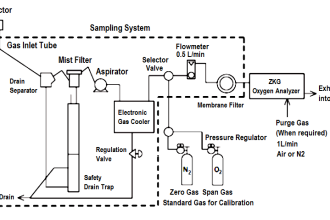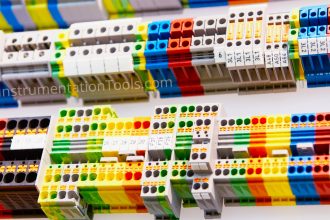Metal Seated Ball Valves
Engineered to excel in the most demanding industrial settings where valve deficiencies can endanger safety, plant efficiency and reduce profitability, metal seated ball valves stand out.
These long-lasting valves are perfect for the oil and gas industries, refining and power generation.
Metal Seated Valves vs. Soft Seated Valves
Deciding on the right seat material can be a difficult decision when it comes to ball valves because you’ll have several options.
Determining factors you will need to consider include the materials used in construction, the appropriate size, and the type of design features including V-port, bleed, double bock, 1, 2, or 3 pieces, etc. An even more important consideration is the seat type.
Having a complete understanding of the process conditions should be the starting point when it comes to choosing seated valves.
- Does your situation require a bubble tight shut off?
- Is the fluid corrosive?
- Does it contain abrasive particulates?
- Will it be under high pressure or temperatures?
Once you have a firm grasp on these factors, the choice will be apparent.
Advantages of Metal Seated Ball Valves
The key advantage of metal seated valves when compared to soft seated valves is that they can withstand high temperatures and severe service conditions.
Metal seats can stand up to extreme flashing, hydraulic shock, abrasive process fluid, and high temperatures up to and exceeding 1,000° F. They are also ideal for high erosion or corrosion applications.
Another important factor is that metal seats can be hardened by specialized coatings.
Soft Seated Ball Valves
Soft seats are typically composed of thermoplastic components like PTFE. These valves are appropriate for applications in which chemical compatibility is crucial, and in situations where having the tightest seal is important.
Soft seats, however, aren’t suitable for processing abrasive or dirty fluids. These valves are known to break down under conditions like these, resulting in a leaky valve. Complications introduced by soft seated valves are related to the fact that they don’t stand up to applications that challenge their service limits.
Metal seated ball values on the other hand can hold up under high temperatures and extreme service conditions. Well established in the field, metal seated ball valves deliver uninterrupted service with the maximum shut off standards.
The valves also work for longer time periods than soft seated valves. These durable valves can basically handle the majority of abrasive applications.
Also Read : Basics of Ball Valves
Metal Seated Valves Coating Options
With metal to metal seating, and depending on the service conditions, applying various coatings make it possible for ball and seat rings to be hard faced on sealing locations.
Examples of these specialized coatings include satellite hard facing, chromium carbide, tungsten carbide and electrolysis nickel plating. Sealing is achieved by the metal-to-metal contact in between two hard coated surface areas.
Metal-Seated Ball Valve Costs
Even though metal seated valves are more expensive, the cost of downtime resulting from failure, coupled with the replacement of soft seated valve break downs, should be factored in.
The efficiency and longevity of metal seated ball valves will pay off and counteract the higher price.
Bottom line, metal seated ball valves are the best, long lasting, economical options for critical applications.
Installation
The installation of metal seated valves can comply with shut off standards which include ANSI/FCI 70-2-1976 and designed for allowed leakage.
The most frequently specified leakage classes include Class V and VI. Class VI is often misinterpreted as “bubble tight.”
In fact, a certain amount of leakage is permitted, measured by the amount of air bubbles that escape per minute during testing. “Bubble tight” shut-off is more accurately related to resilient-seated valves.
The Valtorc offers best metal seated ball valves with unique features. The below are the details of their product.
The Series 370 Metal Seated Valve
When it comes to metal seated ball valves, the Series 370 is a good example. This series is offered in sizes that range from 1/4″ to 4”, with threaded (NPT) or flanged connection ends.
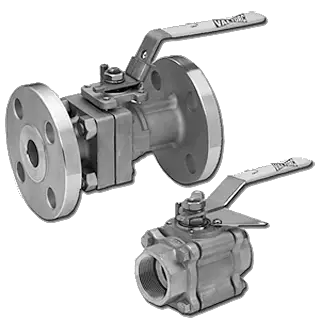
Manufactured from premium quality 316 stainless steel, this metal valve also has pressure ratings as high as 2000PSI. Another important aspect is that it provides the ISO 5211 mounting pad intended for actuation.
There are three available configurations, including type A, B and C, described as follows.
Type A
This configuration features the conventional metal seat, showcasing polymeric seat seals, body seals, in addition to stem packing.

The Type A configurations are designed for use in highly erosive and abrasive applications where higher temperatures aren’t in use.
Type B
Utilizing a downstream metal seat, this configuration is a metal seat that incorporates flexible, die-formed graphite seat seals along with stem packing.
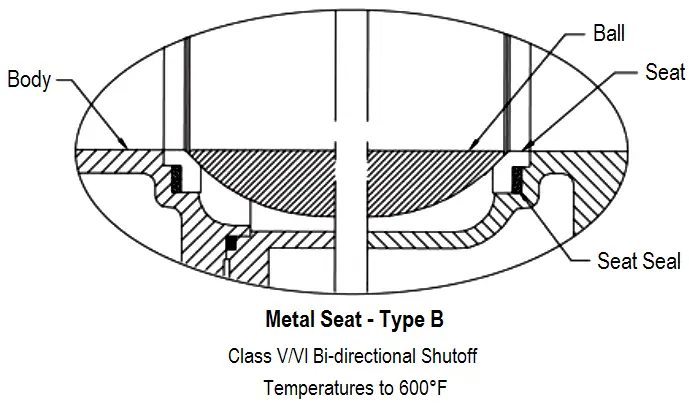
This configuration increases the temperature capacities of metal seated ball valves.
Type C
Similar to Type B, the Type C configuration uses a downstream metal seat, along with an upstream seat, spring loaded against the to assist in downstream.
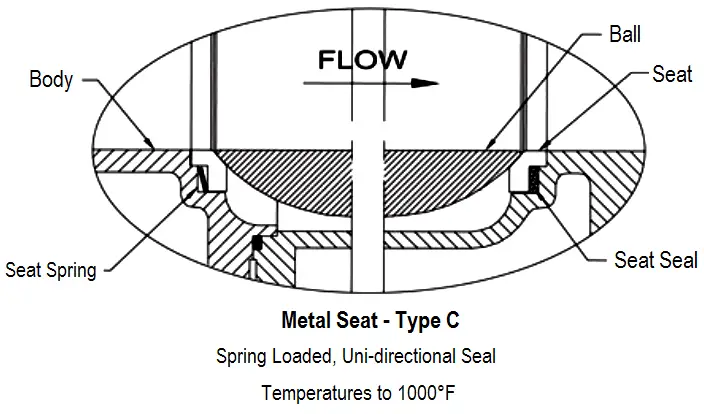
This configuration is ideal for higher temperature gasses & fluids and for saturated steam at 720PSIG.
The metal seated ball valves include the following characteristics.
- Available in flanged or threaded connection ends, in sizes that range from 1/4″ to 4″.
- For this configuration, the service temperature limitation is 450°F (232.2°C).
- Configurations include metal seat with body seals polymeric seat seals, stem packing.
- The body seal is spiral wound flexible/SS316 graphite (flexible/die-formed graphite).
- Intended usage is in erosive and/or abrasive applications in which higher temperatures aren’t a concern.
- The polymeric seals incorporated in this metal seat configuration are replaced with flexible, die-formed graphite seat seals with stem packing.
Recognizing your process condition is critical when it comes to choosing the appropriate seat for your specific application.
If you determine that the best solution is metal seated ball valves you’ll find them to be long lasting, cost effective solutions for critical applications.

